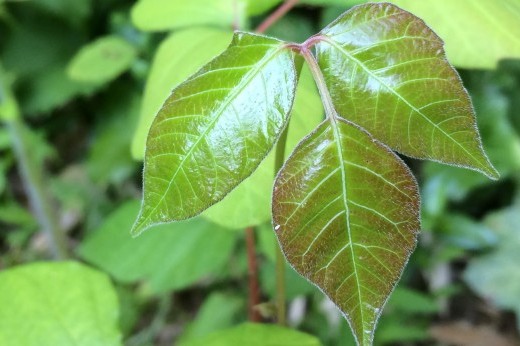The oxeye daisy (Leucanthemum vulgare) is one of the most common weedy wildflowers in North America. In the New York area, you might see its cheerful-looking large white flowers with yellow disk centers in vacant lots and on roadsides. It’s also a favorite garden plant that blooms throughout the summer.
Blooming from June into September, the oxeye daisy—also called dog daisy, marguerite, field daisy, and other names—stands up to three feet tall on long stems, singly and in clumps. The flower head of bright white petals (ray flowers) and dark yellow center (disk flowers) makes a long-lasting, attractive cut flower.
The blossoms are largely scentless, but you may detect a faint pungence from the central disk. The stems arise from a basal rosette of spoon-shaped, scalloped leaves. The leaves may be several inches long at the base of the plant and are smaller and more sharply toothed as they rise up the stem.
Leucanthemum vulgare, native to Europe and western Asia, was reportedly introduced here in the 19th century as an ornamental species, but its popularity, copious seed production, and ability to regrow from fragments of its creeping rhizomes have all helped it escape from the garden and naturalize across the continent. It is also a perennial, and in milder climates its crown can remain green year-round. The seeds remain viable for years and require no dormancy period to germinate.
Most people love, or at least like, the oxeye daisy, but it can be a scourge for lawn lovers, since it outcompetes and outgrows turf grass between mowings. About the only way to get rid of it is to hand dig the plants, making sure to capture all the rhizomatous roots. Then mow the survivors before they can blossom and set seed. Most grazing animals—including deer—avoid the oxeye daisy, allowing it to take over farm pastures and fields to the point that other species are edged out. It’s considered invasive in some areas.
I recently read that the oxeye daisy is edible, so I decided to sample it. It may be edible, but I wouldn’t say it’s delicious. The leaves have a strong grassy, slightly sweet flavor and are probably best treated more as an herb than a green—chopped and added raw to salads or tossed into stir-fries with other ingredients. The flower petals do make a pretty garnish. Some foragers recommend pickling the tight flower buds like capers.
When I see oxeye daisies coming up In my vegetable garden in the Catskills, I weed out most of them but usually leave one or two plants at the border to grow into huge floriferous white clouds. I’ve also been known to mow around particularly promising clumps of oxeyes in my lawn—much prettier to my mind than plain old grass. Best of all, the humble daisy is the perfect posy to send little children out to gather: easy to identify, nonpoisonous, and usually, free for the picking!




